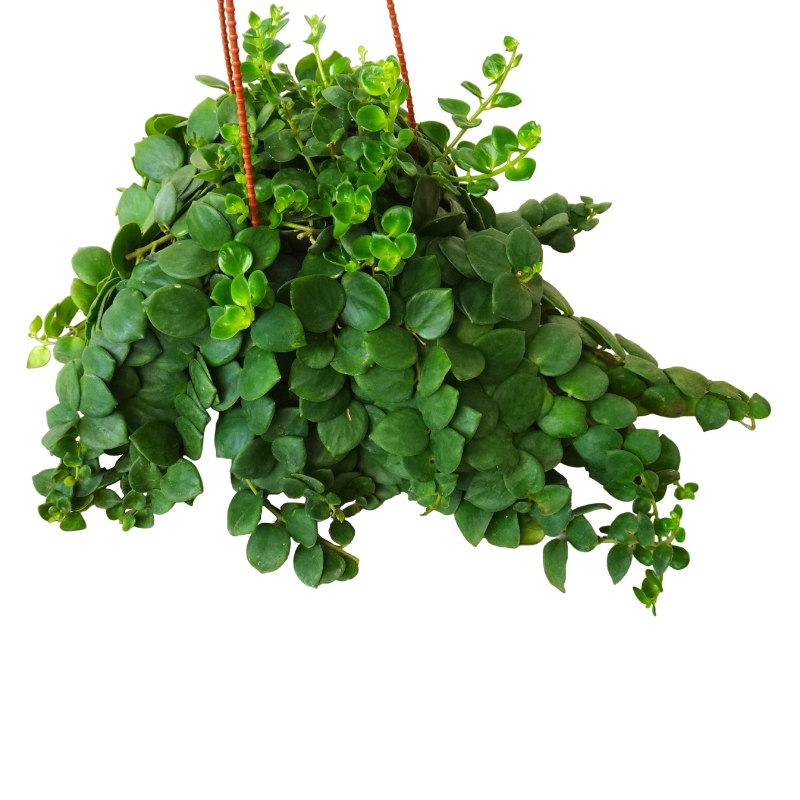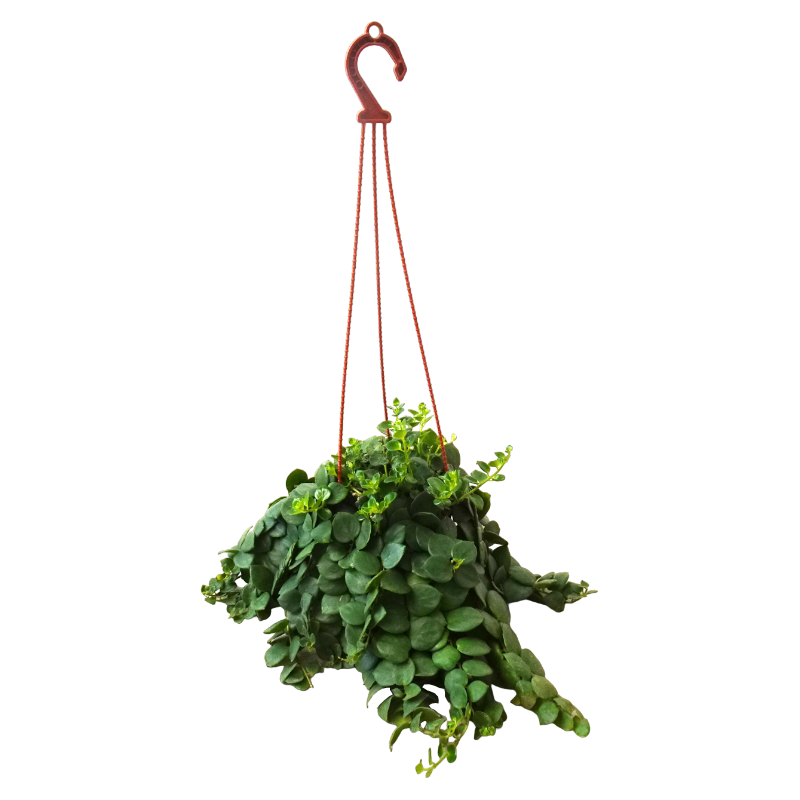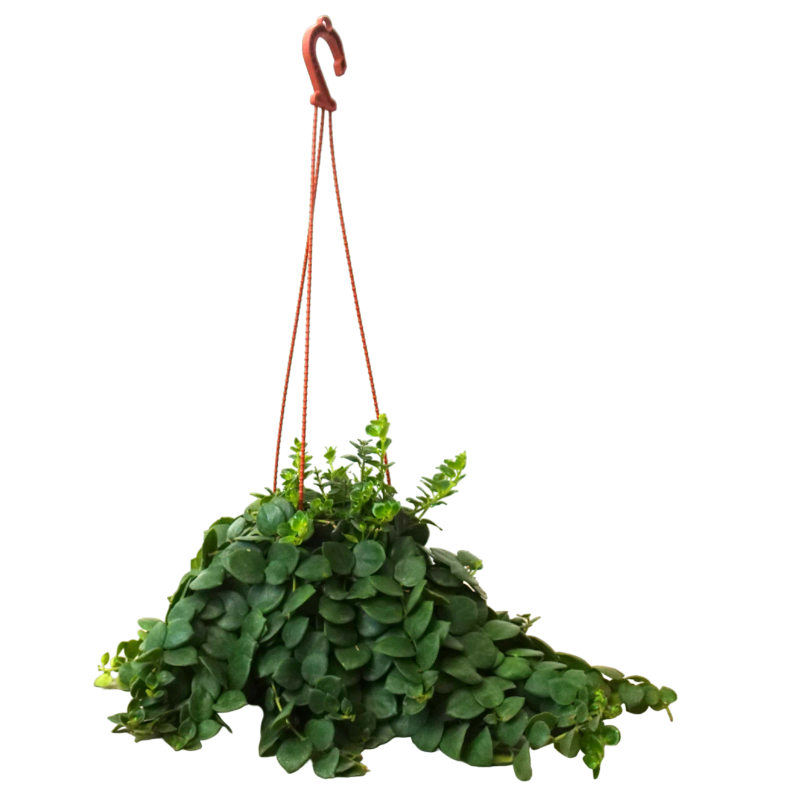- Home
- Shop
- Blog
- Happenings
- More/About
Company
Garden Centers
Information
Services
Online Stores
Company
Garden Centers
Information
FAQ
Membership
General Terms and Condition
Delivery Policy
Returns and Exchange Policy
Plant Policy
Privacy PolicyServices
Landscape Design,
Plant Rental and
DisplayOnline Stores
Lazada
Shopee
Amazon
Fairprice Online
- Home
- Shop
- Blog
- Happenings
- More/About
Company
Garden Centers
Information
Services
Online Stores
Company
Garden Centers
Information
FAQ
Membership
General Terms and Condition
Delivery Policy
Returns and Exchange Policy
Plant Policy
Privacy PolicyServices
Landscape Design,
Plant Rental and
DisplayOnline Stores
Lazada
Shopee
Amazon
Fairprice Online
World Farm
View cart “Nepenthes ‘Miranda’ (Monkey Cup) (15cm H.pot)” has been added to your cart.
Description
Plant Care Instruction
Common Ailments
Recommended Potting Media
Fertilising
Description
Aeschynanthus obconicus ‘Lipstick Plant Mona Lisa’ is an eye-catching, trailing plant known for its vibrant, tubular red flowers that resemble the shape of a lipstick, giving it the popular name “Lipstick Plant”. Native to Southeast Asia, this stunning species belongs to the Gesneriaceae family. It is renowned for its glossy, dark green, elliptical leaves that provide a lush backdrop to its striking, red flowers. The plant’s cascading growth habit makes it an ideal choice for hanging baskets or as an ornamental addition to shelves and containers, where its bold flowers can be fully appreciated. This cultivar, ‘Mona Lisa’, is particularly admired for its compact size and abundant, showy blooms, adding a touch of tropical elegance to any space.
Plant Care Guide:
Light: Prefers bright, indirect light but can tolerate light shade. Too much direct sunlight can scorch the leaves, while insufficient light can reduce flowering. Aim for 4–6 hours of indirect sunlight daily for the best results.
Water: Keep the soil evenly moist but not waterlogged. Water regularly, allowing the top 2–3 cm of soil to dry out between waterings. Ensure the plant has good drainage to prevent standing water, which can lead to root rot.
Soil: Requires well-draining, lightweight, and fertile soil. A mix of standard potting soil with added perlite or orchid bark works well for maintaining the plant’s growth and ensuring good drainage.
Fertilising: Feed with a balanced, water-soluble fertiliser to support strong growth and abundant blooms. Be cautious not to over-fertilise, as this can lead to excessive foliage growth with fewer flowers.
Pests: Common pests include aphids, mealybugs, and spider mites. Check the undersides of leaves regularly and treat any infestations with insecticidal soap or neem oil. Ensure good air circulation around the plant to help prevent pest build-ups.
General Care: Prune back any dead or faded flowers to encourage new blooms and maintain a tidy appearance. Clean the leaves occasionally with a damp cloth to remove dust and allow the plant to photosynthesise efficiently. Keep the plant in a humid environment, as it thrives in high humidity, especially during the flowering period.
Plant Care Instruction
Lighting: Bright Filtered Light
Watering: Water Thoroughly
Watering Frequency: When top layer of soil is dry
Common Ailments
Aphids: Aphids are tiny, pear-shaped insects that range in color from green to yellow to black. They feed on the sap of plants using their sharp, piercing mouthparts and can cause stunted growth, curling leaves, and other damage. They reproduce quickly and can form large colonies, making them a common pest in gardens and greenhouses..
Mealy Bugs: Mealy bugs are small insects that feed on plant sap and can cause damage and transmit diseases. To control them, you can physically remove them, introduce natural enemies, or use insecticidal soap or neem oil. It’s important to monitor plants regularly and act quickly to prevent damage..
Recommended Potting Media
Garden Formula Potting Soil.
Fertilising
POWERCOTE NPK 15+15+15+TE : Every 3 Months.
Related products
-
OUT OF STOCK
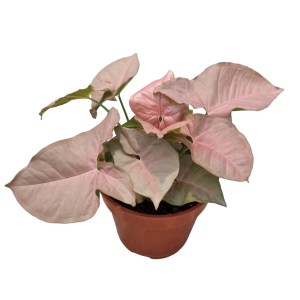
Syngonium podophyllum ‘Strawberry Cream’ (12cm/15cm pot)
$6.00 Read moreLike 0 likes -
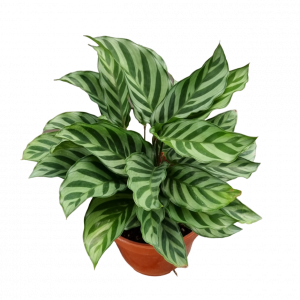
Calathea concinna ‘Freddie’ (Zebra plant) (15cm pot)
$10.00 Add to cartLike 0 likes -
OUT OF STOCK
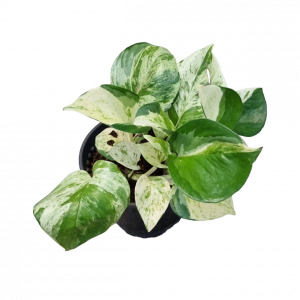
Epipremnum Manjula (Manjula pothos) (12cm pot)
$6.50 Read moreLike 0 likes -
OUT OF STOCK
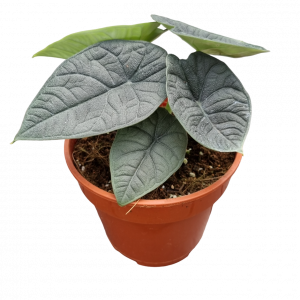
Alocasia Melo (Alocasia Rugosa) (15cm pot)
$9.72 Read moreLike 1 likes
Services
Garden Centres
Information
Copyright © 2023 Hua Hng Trading Pte Ltd | Copyright © 2023 World Farm Pte Ltd | All Rights Reserved


